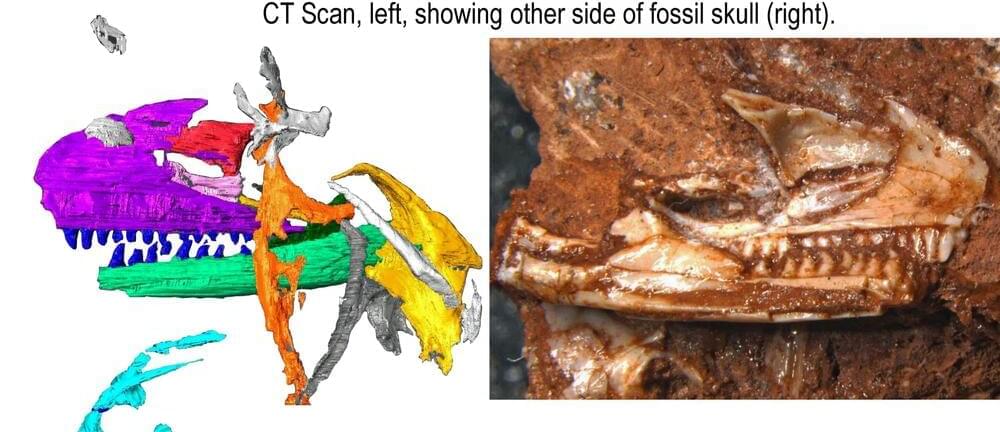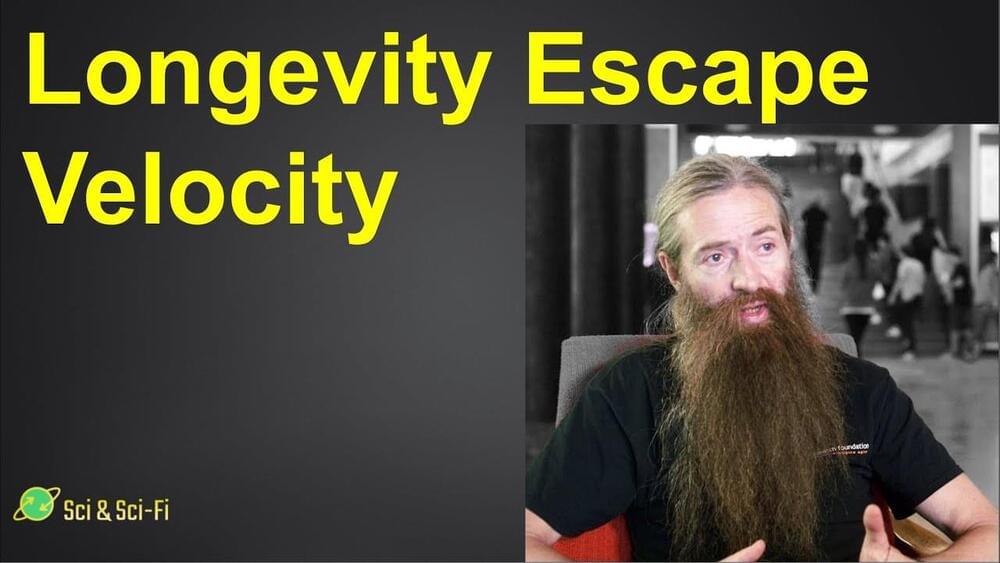The vehicle has a 900kg dry weight and 900hp (662kW) output.
Italian performance brand De Tomaso has released the P900, a track-only V12-powered hypercar with a 900kg dry weight and 900hp (662kW) output, according to a report.
The carmaker will produce only 18 units globally of these bad boys and price them at a whopping US $3 million each which will ensure their drivers know they have a truly unique car. Each car will be further customized to the customer’s choices.
“At De Tomaso, we pay an enormous amount of attention to the driving experience, in part a large majority of this complex matrix can be attributed to the sounds and vibrations, in essence, the feeling of a naturally aspirated engine firing on all cylinders,” said CEO Norman Choi according to a press release.









